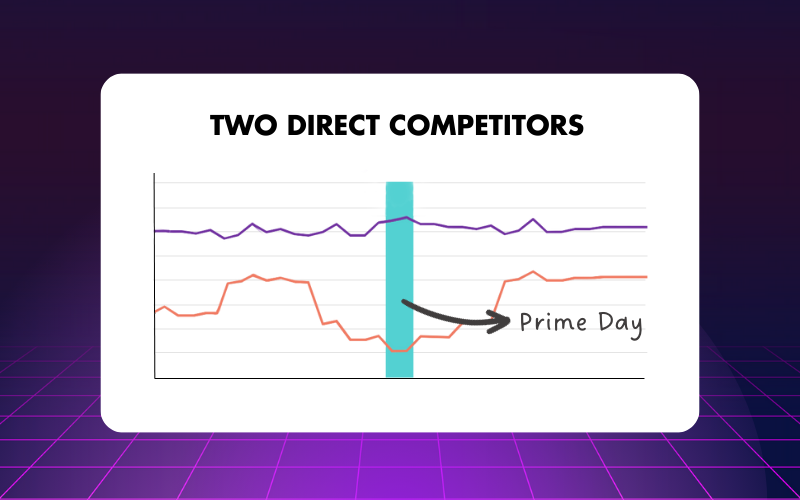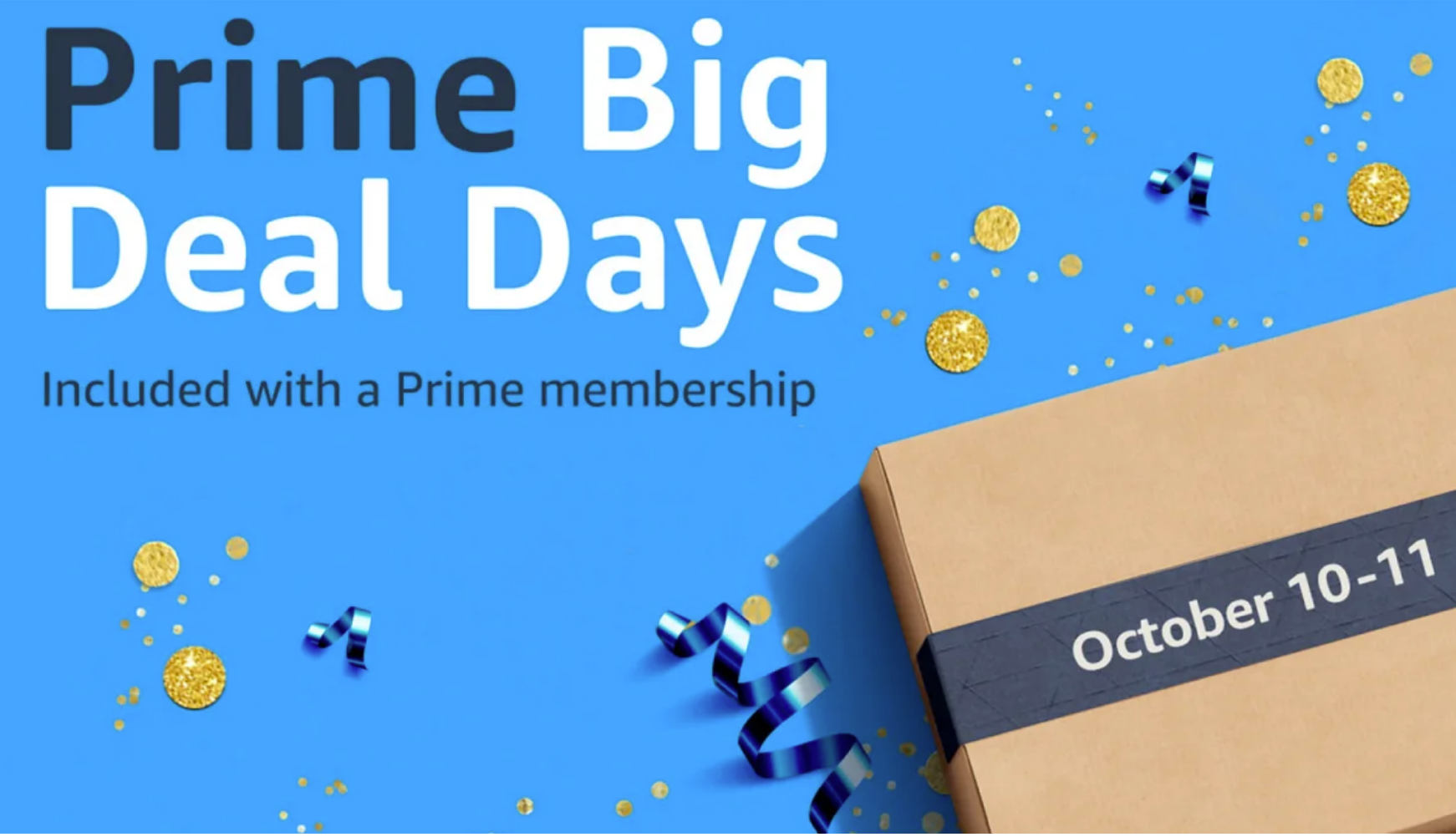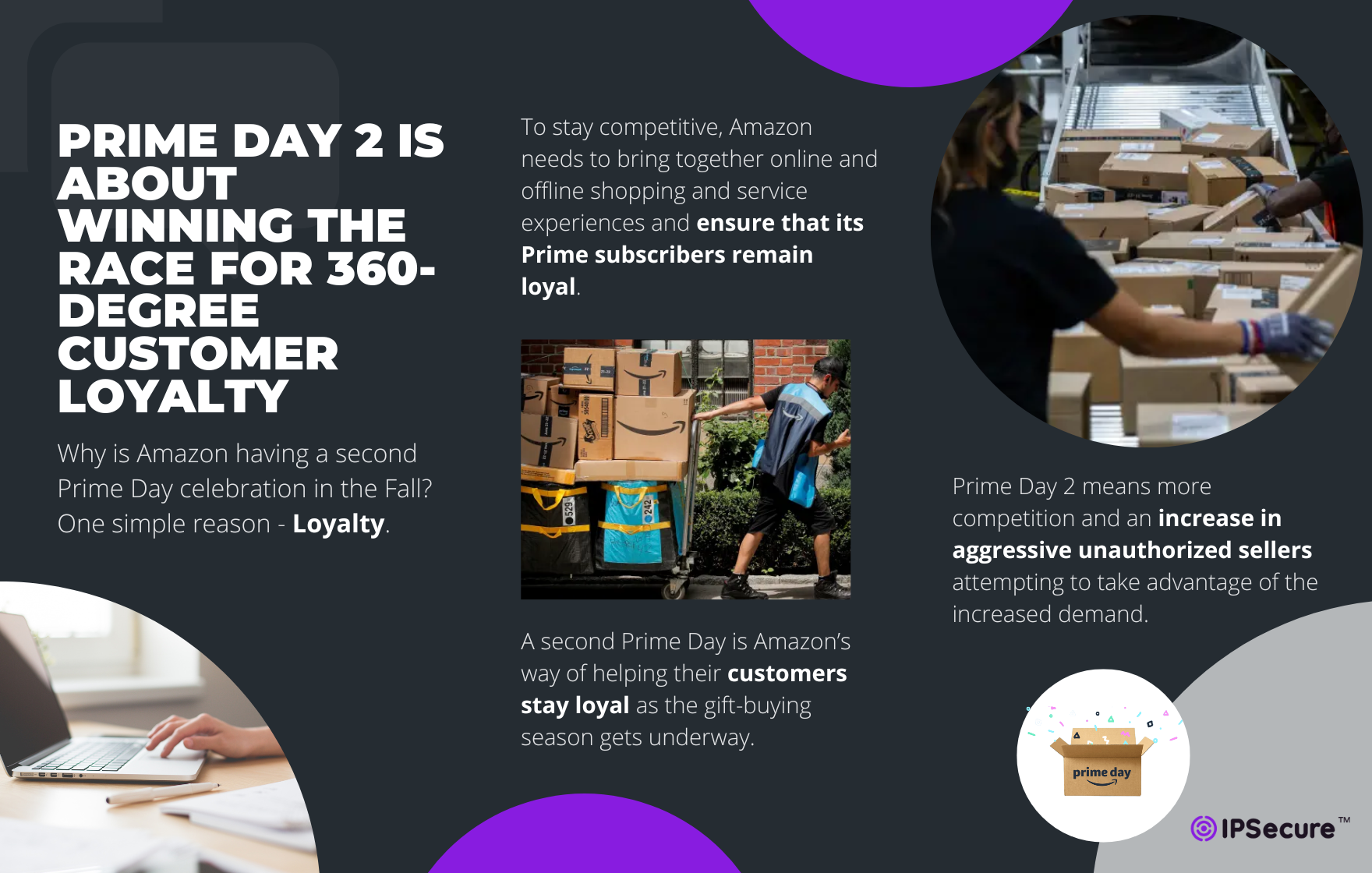3 min read

Amazon’s annual Prime Day sales event occurred last week, and according to Amazon, shoppers bought more than 300 million items over the two-day sale, up from 250 million in 2021, making it the biggest Prime Day event in Amazon’s history.
The company, which didn’t disclose total sales from the event, reported that Prime members purchased more than 100,000 items per minute during the discount days. The top-selling categories in the U.S. were consumer electronics, apparel, and home goods; including Apple Watches, Oral-B electric toothbrushes, Shark vacuums, Beats by Dre headphones, Coleman, Marmot, and ExOfficio outdoor gear and apparel, and, our personal favorite, Lego sets!
Two years ago, “My Amazon Guy,” Steven Pope, posted a YouTube podcast video after Prime Day, noting that, while overall sales numbers skyrocketed during Prime Day, many sellers lost their “buy box” percentage during the two-day event. At that time, Pope conjectured that a data system malfunction at Amazon may have been the cause for the lost percentage, but he added that “it does raise questions.”
As IPSecure explained in a previous blog, by targeting illicit sellers hijacking the buy box, brands and their authorized partners can and will influence sales growth in their channels. This is amplified on Prime Day. Having a focused sales channel with enforceable agreements in place with resellers is the overall factor consistent with the best defense and lowest level of revenue loss during peak shopping periods like Prime Day.
At IPSecure, our mission is to grow authorized, authentic sales through brand protection. We conducted an anecdotal analysis of five consumer brands on Amazon. Our platform identifies and measures revenue loss from unauthorized sellers, and we wanted to see how Prime Day would impact those revenues. Of the five consumer health and beauty brands below, each gross over one million dollars annually on Amazon, with robust strategies, teams, and technologies focused on their Amazon ads, content, pricing, and fulfillment. The one area they differ is control of their sales channel and a consistent, proactive brand protection effort.

As you can see from this chart, Brand 1 and Brand 2 moved through Prime Day with estimated lost buy box sales of up to $600.00. Brands 3, 4, and 5 experienced surges in buy box loss and thus big spikes in lost sales and revenue. They also saw 2X to 5X the increase in product offers compared to Brands 1 and 2.
Understanding your Buy Box win rate and monitoring who wins the buy box on your product listings is an important gauge of how unauthorized sellers are impacting your own sales, especially on high-demand shopping periods like Prime Day.
Brands 1 and 2 did not see much buy box losses before and during Prime Day, primarily because they track all sellers of their products on Amazon, consciously maintain a smaller, more highly-controlled supply chain, and they enforce their reseller contracts vigorously. If a brand works with an e-commerce agency or builds its own direct-to-consumer sales team, then, during times of high unauthorized selling, brands can better control their own sales channels, keep their buy box “clean” from counterfeit sellers, and capitalize on sales growth opportunities like Prime Day.
Brands 3, 4, and 5, however, saw buy box sales losses climb quickly during the Prime Day event. Again, from a category and size perspective, they are similar to Brands 1 & 2, except for their reactive approach to keeping their ASIN listings clean of unauthorized sellers.
The reality is consumer demand rises and falls throughout the year, but the key to ensuring brands and their agency partners capitalize on those increases comes from knowing exactly which sellers are pushing you out of the Buy Box and swiftly taking action against them. E-commerce teams and their selling partners need specific 3rd-party seller sales data and integrated tools to measure buy box win rates. IPSecure has many customers with ASINs that gross over $1mm/yr. on a typical shopping day. For these brands, if they or their authorized partners consistently lose the buy box for 24 hours per week, they would lose almost $14,000 in that month, which over a year equates to nearly $165,000 in revenue for one SKU-level product.
On Prime Day, the stakes for Agencies, Aggregators, and Brands are high as sellers need data and tools to consistently monitor the buy box and to take action if they detect unauthorized sellers winning a larger percentage of buy box sales. During peak shopping periods, unauthorized sellers multiply, so brand protection approaches have to scale. Most importantly, brand protection must focus on where customers will buy the product (the buy box) and defend that vigorously.


